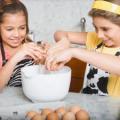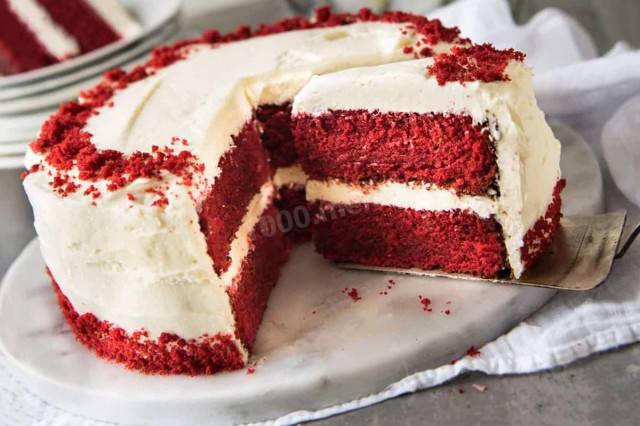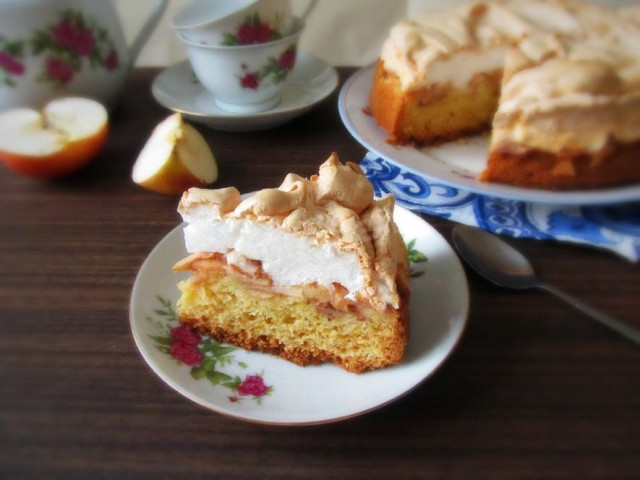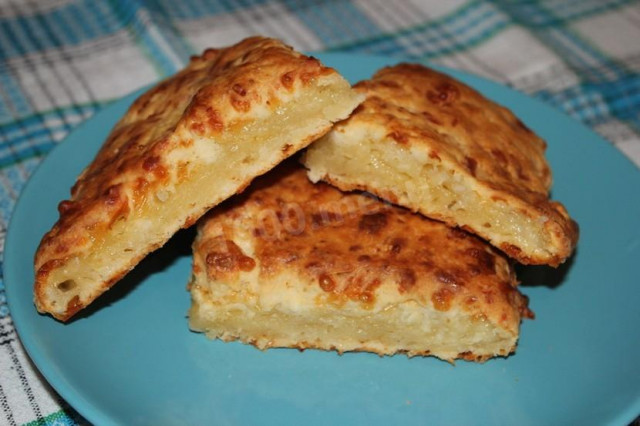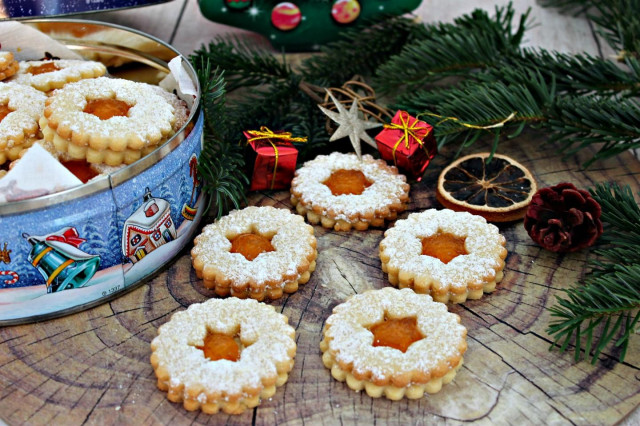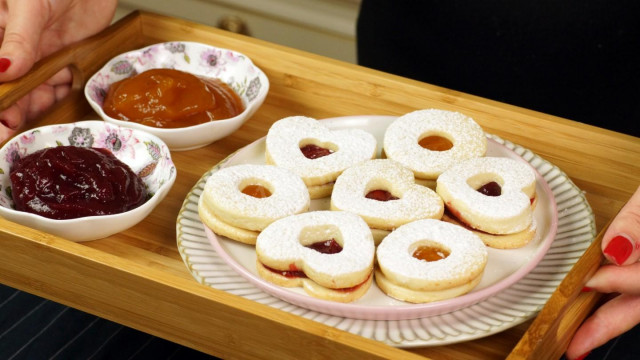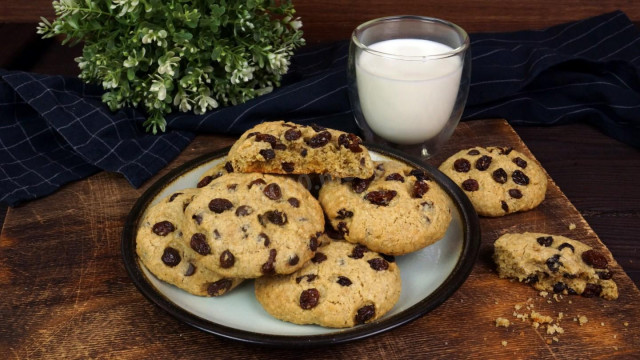Composition / ingredients
Cooking method
To start, we prepare buttermilk by heating the milk, and then mixing it with lemon juice. Let the mixture stand for half an hour.
Preparing dough and cakes:
- sift flour, cocoa powder, baking soda, salt and baking powder through a sieve 2-3 times, and then mix thoroughly with a whisk,
- combine softened butter with granulated sugar in a separate bowl, lightly knead the butter with a spoon, and then beat the mixture with a mixer until fluffy. In the process, add vanilla extract,
- break the egg into the butter-sugar mixture, beat everything well with a mixer again. We also do with the rest of the eggs,
- pour in vegetable oil and beat everything together again,
- add the dye to the buttermilk (it should be warm), stir.
We start mixing everything. In the wet mixture, we introduce a third of the dry mixture, whisk. Then a third of the buttermilk with dye, whisk. We continue to introduce the dry mixture and buttermilk with the dye alternately, each time beating the future dough.
Divide the finished dough into 2 parts and bake two cakes. In principle, there can be as many cakes as you like - they can be baked separately or cut the finished cake longitudinally in half. Here you can already fantasize to your taste. But we must remember that the less dough in the form, the drier the cake will turn out. It is better to take a small form - 18-22 cm in diameter.
We line the form (you can use two at once) with parchment, pour half of the dough into it and put it in the oven preheated to 180 degrees Celsius for half an hour. It may take more or less time - it all depends on the oven and the size of the mold. Readiness is easy to check with a toothpick or a wooden stick. We insert it into the surface of the baking cake, take it out and inspect it. The cake will be ready when the toothpick (stick) remains dry and clean.
Let the cakes cool down a little right in the mold (10 minutes is enough), and then spread on the grill until completely cooled. After wrapping each cake with cling film and put it in the refrigerator for 2 hours.
Preparing the cream. In the bowl of the mixer, spread the softened butter, pour powdered sugar, beat them together until fluffy. Add the cheese and whisk everything again until fluffy. In the process of whipping, pour in the vanilla extract.
Putting together a cake. We take the cakes out of the refrigerator, cut them a little, leave the crumbs for decoration. We stack the cakes on top of each other, smear with cream. The layer of cream between the cakes is made higher - so the cake will be even tastier. We smear the cake with cream on top and from the sides, decorate the top of the cake and the sides with crumbs.
Everything is ready!
P. S. Cream, if desired, can be prepared 2 times more - in this cake, the abundance of cream is only a plus.
Caloric content of the products possible in the composition of the dish
- Whole cow's milk - 68 kcal/100g
- Milk 3.5% fat content - 64 kcal/100g
- Milk 3.2% fat content - 60 kcal/100g
- Milk 1.5% fat content - 47 kcal/100g
- Concentrated milk 7.5% fat content - 140 kcal/100g
- Milk 2.5% fat content - 54 kcal/100g
- Chicken egg - 157 kcal/100g
- Egg white - 45 kcal/100g
- Egg powder - 542 kcal/100g
- Egg yolk - 352 kcal/100g
- Ostrich egg - 118 kcal/100g
- Whole durum wheat flour fortified - 333 kcal/100g
- Whole durum wheat flour, universal - 364 kcal/100g
- Flour krupchatka - 348 kcal/100g
- Flour - 325 kcal/100g
- Granulated sugar - 398 kcal/100g
- Sugar - 398 kcal/100g
- Butter 82% - 734 kcal/100g
- Amateur unsalted butter - 709 kcal/100g
- Unsalted peasant butter - 661 kcal/100g
- Peasant salted butter - 652 kcal/100g
- Melted butter - 869 kcal/100g
- Vegetable oil - 873 kcal/100g
- Cocoa powder - 374 kcal/100g
- Salt - 0 kcal/100g
- Lemon juice - 16 kcal/100g
- Baking powder dough - 79 kcal/100g
- Powdered sugar - 374 kcal/100g
- Baking soda - 0 kcal/100g
- Food coloring - 0 kcal/100g
- Vanilla Extract - 321 kcal/100g
- Cottage cheese - 223 kcal/100g
